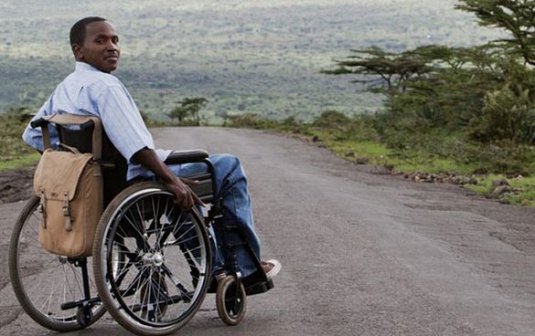Blood clotting is necessary in our bodies as this stops the blood from uncontrolled flowing after a cut or injury; but it’s when blood clots are created when they’re not needed, that they can become life-threatening.
A blood clot can slow or block normal blood flow, and even break loose and travel to an organ (embolism), which can cause a heart attack, stroke, or a pulmonary embolism (PE), the top three cardiovascular killers.
Deep vein thrombosis (DVT) occurs when a blood clot (thrombus) forms in one or more of the deep veins in your body, usually in your legs.
Deep vein thrombosis can cause leg pain or swelling but also can occur with no visible symptoms.
More people succumb to the life-threatening conditions caused by thrombosis, the formation of a blood clot in blood vessels, than the total number of people who lose their lives to AIDS, breast cancer, and car crashes combined, every year.
This disquieting fact makes it clear just how important it is to ensure that we are all aware of the risk factors that play a role in the development of blood clots – especially as thrombosis is both preventable and treatable if you know the symptoms and contact a healthcare professional immediately if needed.
Dr. Henry Ddungu, of the World Thrombosis Day Campaign Steering Committee, provides insight into the eight factors that can help identify if you’re at risk for developing blood clots so you can prevent them:
Getting older
Although any person of any age can develop a blood clot, the risk of thrombosis increases with age.
Those over the age of 60 are at higher risk, because they’re more likely to have other health conditions that increase their risk of developing a blood clot.
Gender
Thrombosis can impact anyone, no matter their age, background, or gender. However, the risks can vary for men and women.
Men have an overall higher risk of thrombosis than women, but women have risks that men do not because of pregnancy, hormonal birth control, or even hormone therapy after menopause.
It is therefore important to take this into account when making any choices regarding family planning, pregnancy, or the treatment of menopause symptoms.
Post-Surgery Recovery
Being in the hospital is a major risk factor for the development of venous thromboembolism (VTE). Indeed, up to 60% of all VTE cases occur during or within 90 days of hospitalization.
At even higher risk, are patients who have experienced blood vessel trauma due to surgery.
Orthopaedic, cardiothoracic, major general surgery, and neurosurgery are some of the types of surgeries that present higher risks for developing VTE.
Smoking
Smoking can raise the risk of life-threatening blood clots as it damages the lining of blood vessels making it more likely for platelets to stick together at the damaged vessel lining and initiate the formation of clots.
Even significant exposure to passive smoke can affect blood coagulation activity.
Patients with Cancer
The risk of VTE is increased, and common, in patients with cancer due to cancer-specific factors such as type of cancer, and cancer treatment as well as surgery and hospitalization. Cancer patients are four times more likely to develop blood clots than the general population.
Blood clotting can have serious consequences for cancer patients as there is higher risk of recurrent thrombosis, the risk of bleeding during anticoagulation and hospitalization is increased, while survival time is decreased.
A Family History of Blood Clots
You’re more likely to develop blood clots if you have family members who have had dangerous blood clots. This is because inherited causes of blood clots are linked to your genetics.
People with a family history of life-threatening blood clots tend to develop thrombosis before the age of 45, although it is not very common.
Being Overweight or Obese
Although being overweight or obese does not guarantee that you’ll develop thrombosis, weight can increase the risk of DVT as it puts greater pressure on the lower half of your body and increases pressure in the veins.
Additionally, other negative effects of obesity such as chronic inflammation can be a major catalyst for thrombosis.
Immobility
When your legs remain still for long periods of time, it increases the risk of a blood clot as blood flow is hampered.
Bedrest, hospital recovery, casts on legs, or even sitting for long periods of time while at work can result in a DVT which can cause pain. If part of the clot breaks off, it can also cause a PE which can be fatal.
Prevention of VTE
Your lifestyle changes may help prevent blood clots. If you have been confined in bed because of an illness, surgery, or an injury, move around as soon as possible.
If you’re at risk for DVT, let your doctor know so they may give you medicines to prevent blood clots.
When sitting for long periods of time, such as when travelling for more than four hours, try to get up and walk around every 1 to 2 hours; keep exercising your legs while you’re sitting; and wear loose-fitting clothes.
You can also reduce your risk of getting blood clots by maintaining a healthy weight and avoiding a sedentary lifestyle.




